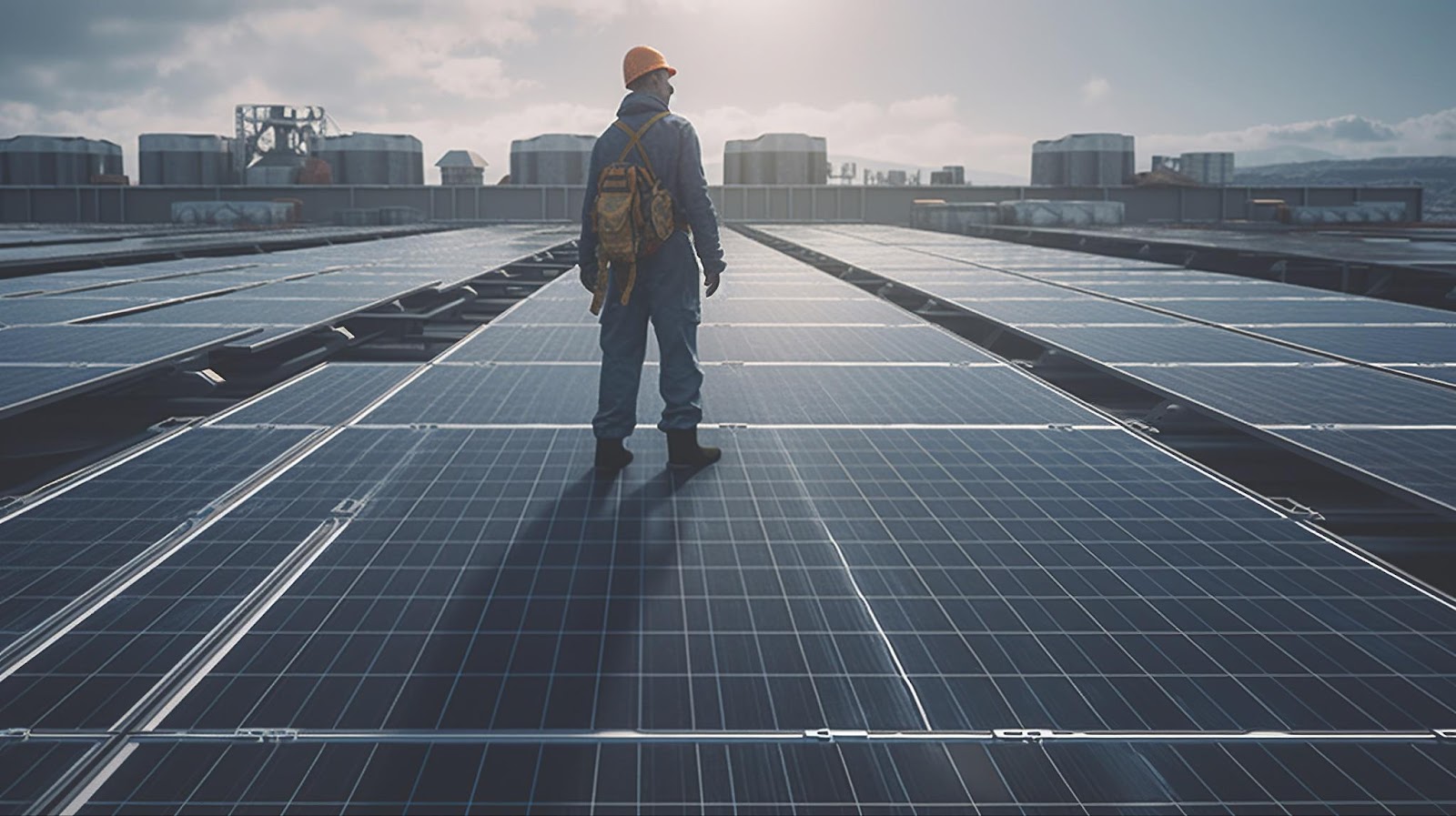
Jinko Solar Building Stronger Solar Modules to Withstand Hailstorms
Jinko Solar has been one of the largest solar module manufacturers in the world for many years.
This is mainly due in large part to the company’s dedication to research and development, leading to innovative advances in solar cell technology. The race to improve solar cell efficiencies while maintaining low costs has been fierce, with many manufacturers vying to pull ahead. Some have leaned on PERC technology while others have leaned on TOPCon technology.

What the module competitors have in common is a push to make progressively larger solar modules to satisfy customers who demand modules with higher power. Manufacturers, including Jinko Solar, have shifted over the past decade from the smallest 156.75 mm cell size to 158.75 mm, 163 mm, 166 mm, 182 mm, and in some cases even 210 mm. As modules were getting larger, manufacturers were focused on keeping the modules at a somewhat reasonable weight to ensure the manual installation of these modules wasn’t heavily impacted. One of the simplest ways has been to make the two pieces of glass that sandwich bifacial solar modules thinner. This, unfortunately, unintentionally made the solar modules more susceptible to hailstorms, a growing problem in the United States. Jinko Solar has been one of the only manufacturers intently studying this problem and has developed solutions the company says will make a difference in the field.
Hailstorms, a Growing Issue
Hailstorms have become increasingly prevalent in the United States over the past seven decades. Whether it’s climate change or some other reason, the damages from hailstorms have begun to exceed those from tornadoes, with multibillion-dollar events every year. Hail balls as large as 6 inches have been recorded in Texas, one of the areas in the country most susceptible to the weather phenomenon. The areas in the United States vulnerable to hail are also growing beyond what is traditionally known as “hail alley.” In addition to the central states, like Texas north to Minnesota, there are now also severe events in the Midwest, Mountain West, and the Southeast.
Very little can stand in the way of a severe hailstorm. Solar modules, with ever-thinner glass, are no exception. The thinner glass that these module manufacturers use may be lower cost, but they’re heat-strengthened only, which means — unlike with tempered glass that at least gives the module a chance — they give way easily to hail strikes. There are enough instances of hailstorms demolishing entire solar projects, such as a storm in Midland, Texas, that destroyed 400,000 solar modules from Hanwha Q cells, one of the industry’s top module manufacturers.
Catastrophic events, such as the Q cells project disaster, have given insurance companies pause about insuring solar projects in hail-prone areas. These days, project developers either pay exorbitant premiums or cannot find insurers to back these projects at all. With the rich Inflation Reduction Act incentives in place, project developers and long-term project owners are nonetheless moving ahead with solar projects in hail-prone areas, often reserving money themselves to deal with the risk of hail events.
Jinko Solar Bringing New Solutions To Address the Hail Issue
Jinko Solar has brought a solar module to market called the Eagle G5b. This module has a unique construction in that it has glass on the front but a clear back sheet on the back instead of glass, enabling the same bifacial effect. The lighter weight of this back sheet allows the front side glass to be thicker, while preventing the weight issues that ail other competing modules. The effect of this thicker glass is that it can be tempered rather than heat-strengthened, making the module significantly stronger.
At the RE+ energy event in Las Vegas this year, Jinko Solar showcased the Eagle G5b module in its trade show booth. This module is able to withstand strikes from hail balls up to 2.16 inches, much larger than a golf ball. Notably, Jinko Solar’s booth featured a quote from a third-party lab called VDE Americas. It read, “Jinko’s Eagle G5b modules made with 3.2 mm tempered glass show dramatically higher hail resistance and lower overall financial exposure for project owners than other modules made with 2.0 mm heat-strengthened glass.” Solar project owners should certainly be interested in a module that reduces the amount of money they need to hold in reserve due to insurer trepidation.
Ultimately, this isn’t a simple issue to solve. In the long term, insurance companies will need to insure solar projects in hail alley again. These risk-averse companies will want to see repeated instances where hail storms destroy certain types of modules and don’t destroy other types of modules. As this data builds, insurance companies may elect to insure projects in hail areas that have Jinko Solar and other like modules.
Trending
-
1 How IoT is Revolutionizing Sustainability: A Brighter Future Beckons
Susanna Koelblin -
2 How The Water Treatment And Desalination Will Change The Environment For The Better
Daniel Hall -
3 How Intermediate Bulk Containers Enhance Environmental Sustainability
Daniel Hall -
4 Hybrid Cars and Their Key Benefits
Susanna Koelblin -
5 UK Faces Wettest July in Recent Memory
Daniel Hall





Comments